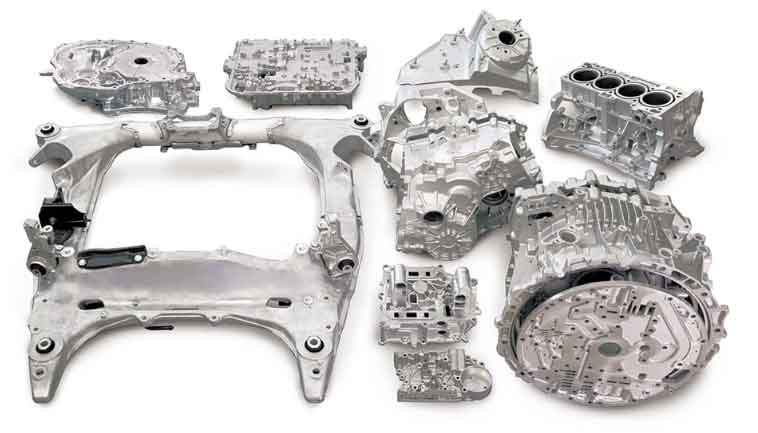The future of manufacturing in die casting holds exciting possibilities as advancements in technology continue to shape the industry. Here are some key innovations and trends that are shaping the future of die casting technology:

- Advanced Simulation and Modeling: Computer simulations and modeling techniques are being increasingly used to optimize the die casting process. Advanced software tools allow for the virtual testing and optimization of die designs, mold filling, cooling, and solidification processes. This helps in reducing trial-and-error iterations, minimizing defects, and improving overall process efficiency.
- Additive Manufacturing and Tooling: Additive manufacturing, or 3D printing, is finding applications in die casting, particularly in the production of complex and customized die components. 3D-printed tooling inserts and cores can be integrated into traditional die casting processes, enabling rapid prototyping, reduced lead times, and greater design flexibility.
- Improved Materials and Alloys: The development of new alloys and materials for die casting is expanding the possibilities for manufacturing lightweight, high-strength, and corrosion-resistant components. Advanced alloys, such as aluminum-based alloys, magnesium alloys, and hybrid materials, are being used to meet the ever-increasing demands of industries such as automotive, aerospace, and electronics.
- Smart Manufacturing and Industry 4.0 Integration: Die casting is embracing the principles of smart manufacturing and the integration of Industry 4.0 technologies. Internet of Things (IoT) sensors, data analytics, real-time monitoring, and machine-to-machine communication are being implemented to optimize production processes, increase automation, and improve overall efficiency.
- Energy Efficiency and Sustainability: The die casting industry is focusing on reducing energy consumption and environmental impact. Innovations in process design, such as improved thermal management and optimized cooling systems, are helping to reduce energy requirements. Additionally, the use of eco-friendly die lubricants and recycling systems for both metal and water is becoming more prevalent.
- Robotics and Automation: Robotics and automation are playing an increasingly significant role in die casting. Automated systems are being employed for die lubrication, part handling, trimming, and quality inspection. This reduces labor costs, improves consistency, and enhances overall productivity.
- Miniaturization and Micro-Die Casting: As industries increasingly demand smaller and more intricate components, advancements in miniaturization and micro-die casting technologies are emerging. These technologies enable the production of tiny, high-precision parts with complex geometries, opening up new possibilities in sectors such as electronics, medical devices, and telecommunications.
- Digitalization and Connectivity: The integration of digital systems and connectivity throughout the die casting process is becoming more prevalent. Digital traceability, real-time data monitoring, and remote access to process parameters are enabling better process control, quality assurance, and production optimization.
These innovations and advancements in die casting technology are revolutionizing the industry, enabling faster production, greater precision, improved sustainability, and enhanced product performance. As manufacturers continue to embrace these technological advancements, the future of die casting holds tremendous potential for meeting the evolving needs of various industries and driving further advancements in manufacturing as a whole.
